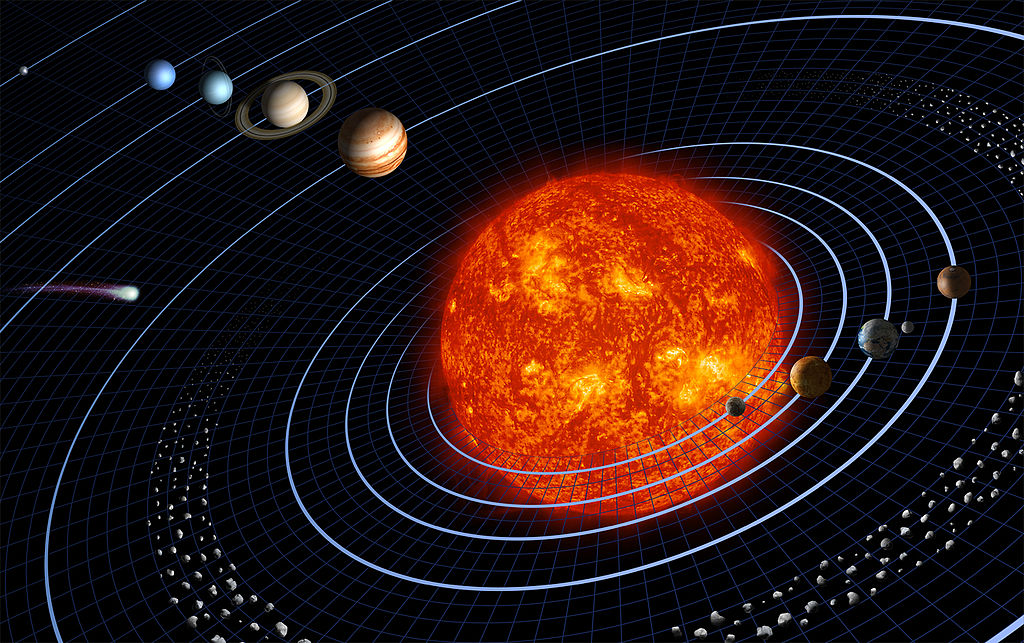
When I first began reading about the solar system as an elementary school student in the mid-1960s, it seemed to be a much simpler place than what we know today. There was the sun, around which orbited nine planets; some of these planets had moons, Jupiter having the most with 12. Between Mars and Jupiter was the asteroid belt, and occasionally some small asteroids might pass closer to the sun, and meanwhile, there were also the occasional comets, some of these being of short-period while others were of longer period, that passed through the inner solar system. While some of the planets showed features that could be examined telescopically, for the most part, they – and certainly their moons – were little more than dots of light in the sky, and that was definitely true for the asteroids as well. All told, everything was relatively quiet and orderly.
The solar system that I know today is much different than that. I can certainly attribute part of this to my own maturing and development as a person, to all the increased reading I have done since those early days, and to a career as a scientist where I have made some of my own contributions towards the study of the solar system. However, a large part is also due to our tremendously increased body of knowledge of the solar system, which has been fueled to a large extent by the development of telescopes and imaging technology which has made our observations much more extensive and proficient, and to computer technology which not only aids that endeavor but also allows us to develop mathematical models of the physical processes involved. Then there are all the spacecraft missions that have flown during those decades, many of which have visited all the planets as well as several of their moons, and have transformed those objects from point of light into unique and detailed individual worlds. Additional spacecraft missions have visited several of the asteroids and comets, and have enormously increased our knowledge and understanding of these objects as well.
One of the major steps in this process of our increased understanding has been the discovery of other planetary systems outside our own; the census of these now numbers several thousand, with more being discovered all the time. As was covered in last week’s “Special Topics” presentation, we have also detected numerous stars that are accompanied by surrounding disks of material that are in the active process of forming planets. The combined study of all of these objects has told us that planetary systems are very commonplace in the Galaxy (and presumably the universe as a whole), and while each planetary system is unique in its characteristics, the underlying processes by which they form appear to be the same. Thus, by examining all these, we are able to glean a significant understanding of our own origins.
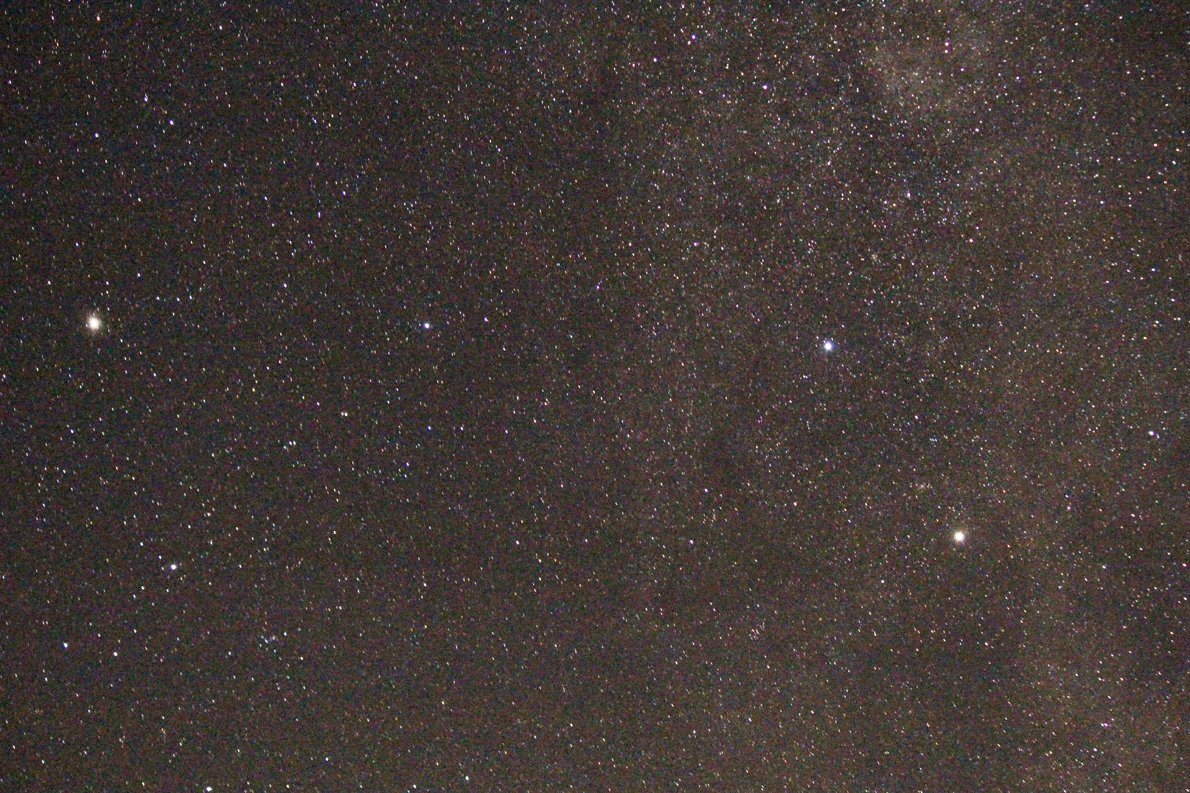
Last week’s “Special Topics” presentation discussed this basic underlying process, including the role played by the objects called “planetesimals” and the larger “protoplanets” (and how these objects came into existence in the first place). While many of these objects indeed went on to become incorporated into forming the planets we see today, those that didn’t ended up having different fates. There were a lot of these objects in the solar system during that era, and some of them, due to gravitational influences of already-formed planets – especially Jupiter – were sent into the sun. Many others were ejected into the far outer solar system, and still, others were ejected from the solar system altogether and into interstellar space. Yet others have remained within the inner solar system as “leftovers” from the planet formation process, and it is likely that Jupiter’s gravitational influences prevented the formation of additional planets in these regions, especially in the part of the solar system we now call the “main asteroid belt.”
These “leftovers” are the “small bodies” that we see today. The planetesimals that are made up primarily of “hard” materials like silicates and metals are what we now call “asteroids,” while those that are made primarily of more “volatile” substances like ices and frozen gases are what we now call “comets.” There are even a few leftover “protoplanets” around: the large main-belt asteroids (1) Ceres and (4) Vesta are likely such objects, and the large metallic asteroid (16) Psyche that has been discussed in a few previous “Ice and Stone 2020” presentations may well be the remnant metallic core of a protoplanet.
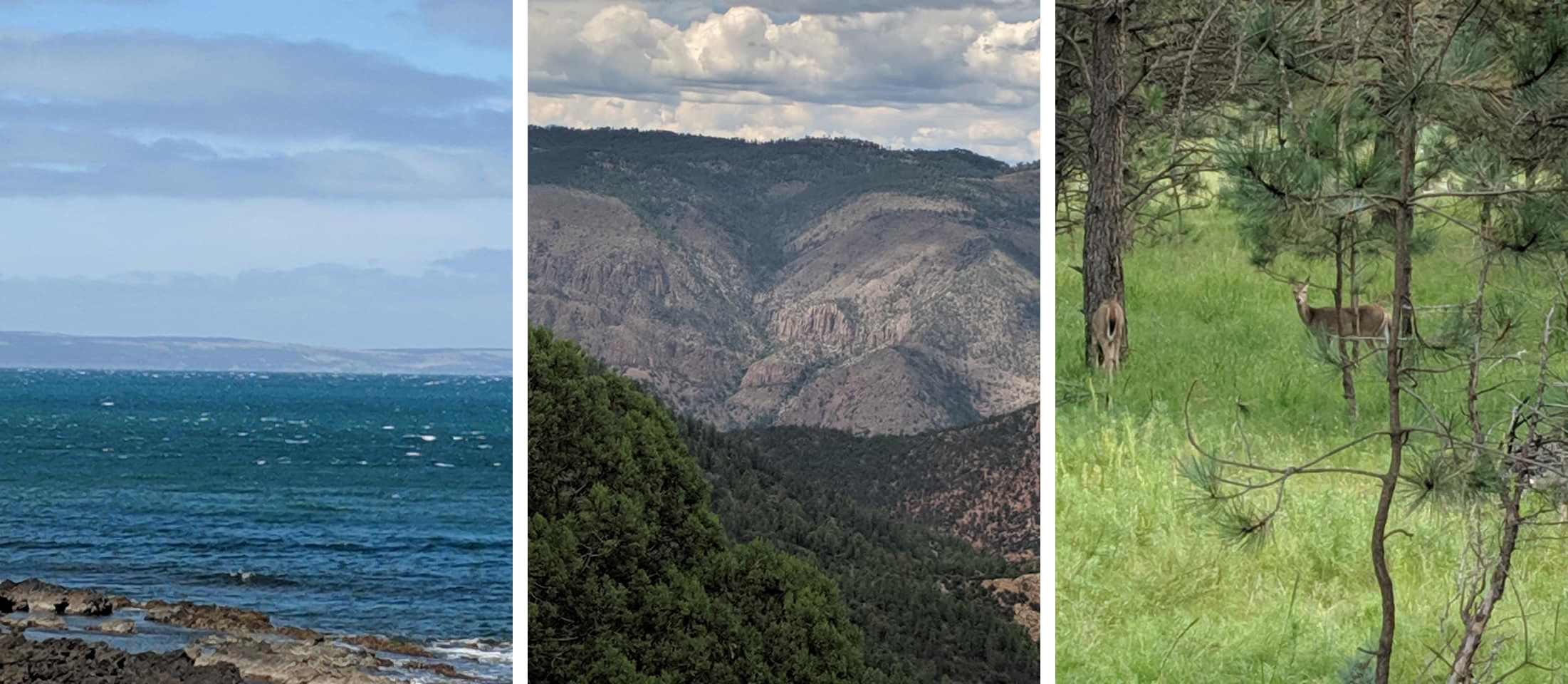
Comets cannot survive in the warm regions of the inner solar system for very long before their ices disperse into interplanetary space. The fact that we continue to see them, 4½ billion years after the solar system formed, means that there must be reservoirs of them in the colder regions of the outer solar system that continuously replenish the supply of them. The Kuiper Belt beyond Neptune and the Oort Cloud in the far outer solar system – both of which are subjects of respective “Special Topics” presentations – are these reservoirs, and via various gravitational influences that are discussed in those presentations there continue to be significant numbers of them that are brought into the inner solar system.
Since they are the “leftovers” from the planet formation process, asteroids and comets are believed to be relatively pristine and “unprocessed” objects from the early days of the solar system. There is thus much interest among scientists in studying these objects, both from the ground and, when feasible, by visiting spacecraft, since we can then gather insights into the conditions that existed when the planets – including, certainly, Earth – were forming. Some of the substances that have been detected within these objects match those that have been detected within interstellar gas and dust clouds, strengthening the idea that our solar system had its origins in such an environment. Comets, and quite a few asteroids as well, contain significant amounts of water, and thus it would appear that the early Earth received its water from these objects as it was forming. Many of these objects, including some of the meteorites that have fallen on Earth, contain various organic substances, including amino acids and other organic compounds associated with biological activity, and it accordingly would seem that Earth – and, presumably, other planets as well – received the basic raw materials of life from these objects early in their history.
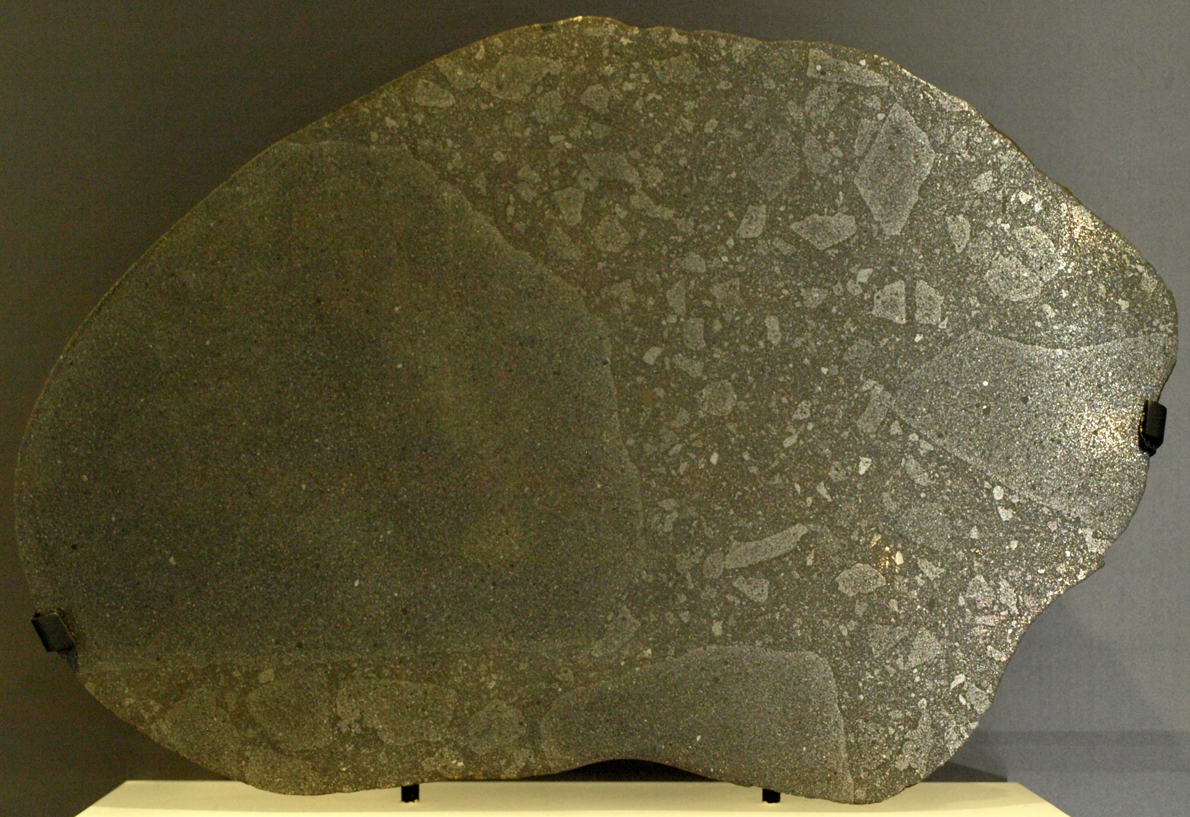
There is, certainly, much that we still don’t know about the overall processes by which Earth and the other planets formed, and as covered in some of the previous “Ice and Stone 2020” presentations, there have been observations from time to time that have introduced complications into our understanding of these processes. But the learning process continues, and there are still many objects to examine that, in time, should give us a firm handle into understanding our origins. (Indeed, an example of this occurred just a few months ago when a research team led by Laurette Piani at the Universite de Lorraine in France concluded that a large part of Earth’s water may have arrived via a rare type of meteorite called an “enstatite chondrite.”) I would like to think that perhaps some of the “Ice and Stone 2020” participants will be a part of this continuing endeavor.
It is clear from the craters we see on the moon and on Mars and on other planets that the planet-building process has continued from the solar system’s early days. Indeed, the large number of asteroids in near-Earth space that have been detected during recent decades, together with events like the impacts of Comet Shoemaker-Levy 9 into Jupiter in 1994 and the meteorite explosion over Chelyabinsk, Russia in 2013, tells us that this process continues today. We’ve learned over the decades since I first started reading about the solar system that impacts by objects from space can have profound effects on our natural history, as was demonstrated by the impact 66 million years ago that brought an end to the era of dinosaurs and accordingly made our own existence possible.

An impact event of this magnitude happening again would pretty much spell the end of human civilization on Earth as we know it. Although the chances that such an event will take place during the lifetimes of those of us alive on Earth today are extremely remote, over long enough timescales – tens to hundreds of millions of years – such an event is inevitable. There are also the impacts by smaller objects that, while not global in scale in terms of the damage they might cause, can nevertheless wreak damage over a local and regional scale, and these events occur much more frequently. As a result of the comprehensive survey programs that have become operational within the past couple of decades we have begun to be able to identify potentially threatening objects well in advance, and while there no immediate major threats – that we know about – at this time, we have also started thinking about counter-measures to take in case such a threat does materialize at some point in the not-too-distant future. This will continue to be an ongoing process for at least the near- to intermediate-term foreseeable future, and perhaps some “Ice and Stone 2020” participants might become involved in this effort.
At the same time, while some asteroids and comets might present a potential threat to our civilization here on Earth, they also present an opportunity. Many of these objects contain resources, such as water, silicate materials, and metals that we can utilize here on Earth and – if humanity decides it wants to proceed in such a direction – on colonies on other worlds of the solar system and in the vehicles that we would utilize to get there. There are numerous technological and engineering challenges involved in developing an appropriate infrastructure for the extraction of these resources, as well as various economic and legal issues that would need to be resolved, but none of these challenges are insurmountable, and if and when there comes a time when these challenges are overcome, the sky would literally be the limit. It gives me great pleasure to think that someday some of the participants in “Ice and Stone 2020” might be a part of such a grand endeavor.
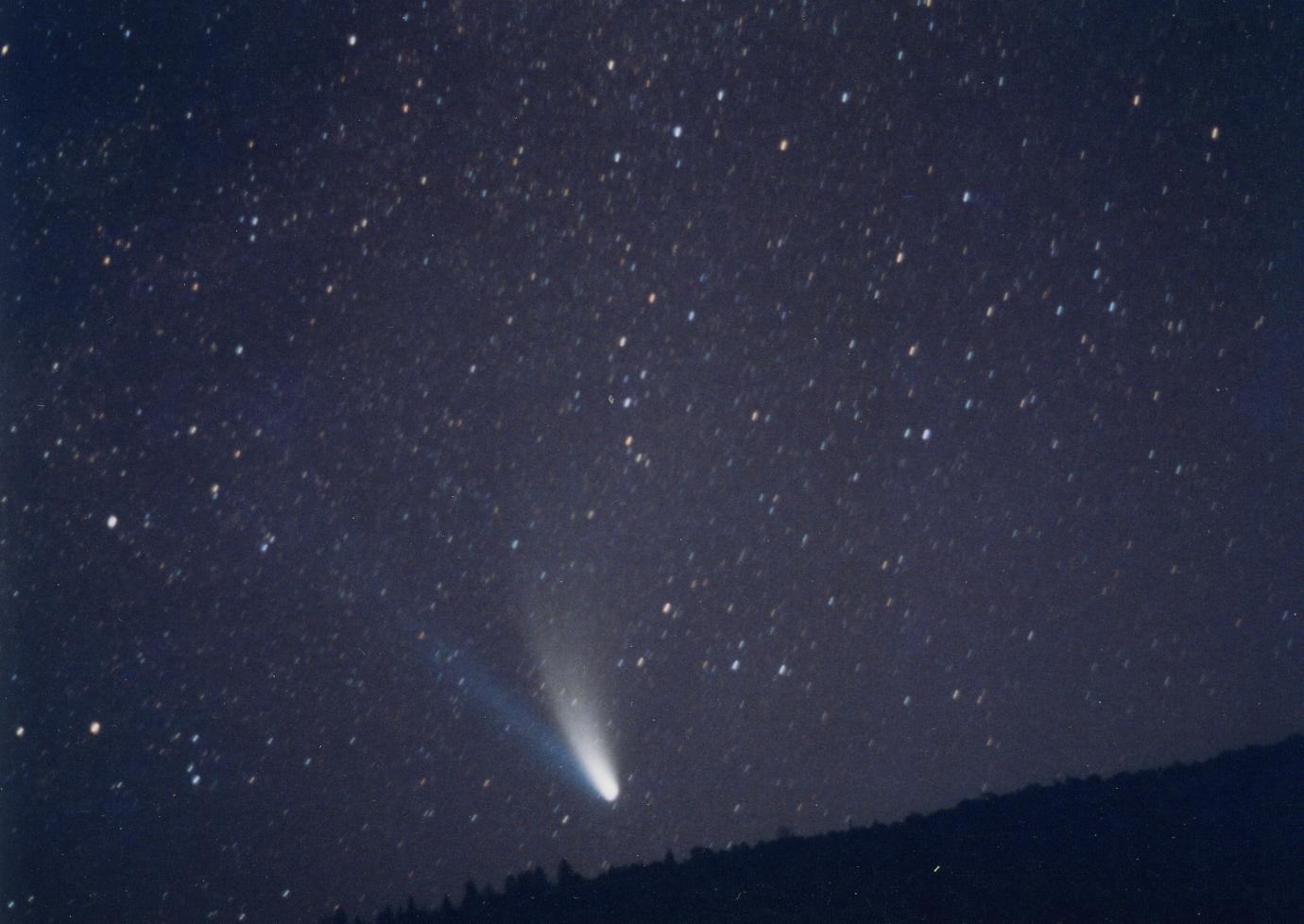
Throughout human history, the people of Earth have gazed in awe and wonder at the comets that have come by, and have incorporated them into our art, our literature, our music, and even our religions. As we have become aware of the asteroids over the past couple of centuries, we have done the same thing with these objects as well. There will always be a need in the human psyche for these emotional connections to the surrounding universe within which we live, and I hope that there are some “Ice and Stone 2020” participants who will help us in establishing and maintaining those connections.
I appreciate all the students, educators, and everyone else who have been with me during this journey over the course of this past year. It is my hope that all the “Ice and Stone 2020” participants have gained an understanding of the “small bodies” of the solar system, of the role these objects have played in our past, that they are playing in our present, and that they will continue to play in our future. The story of that future has not been written yet; may all of you be a part of writing a story of the future that is worthy of the best of humanity.
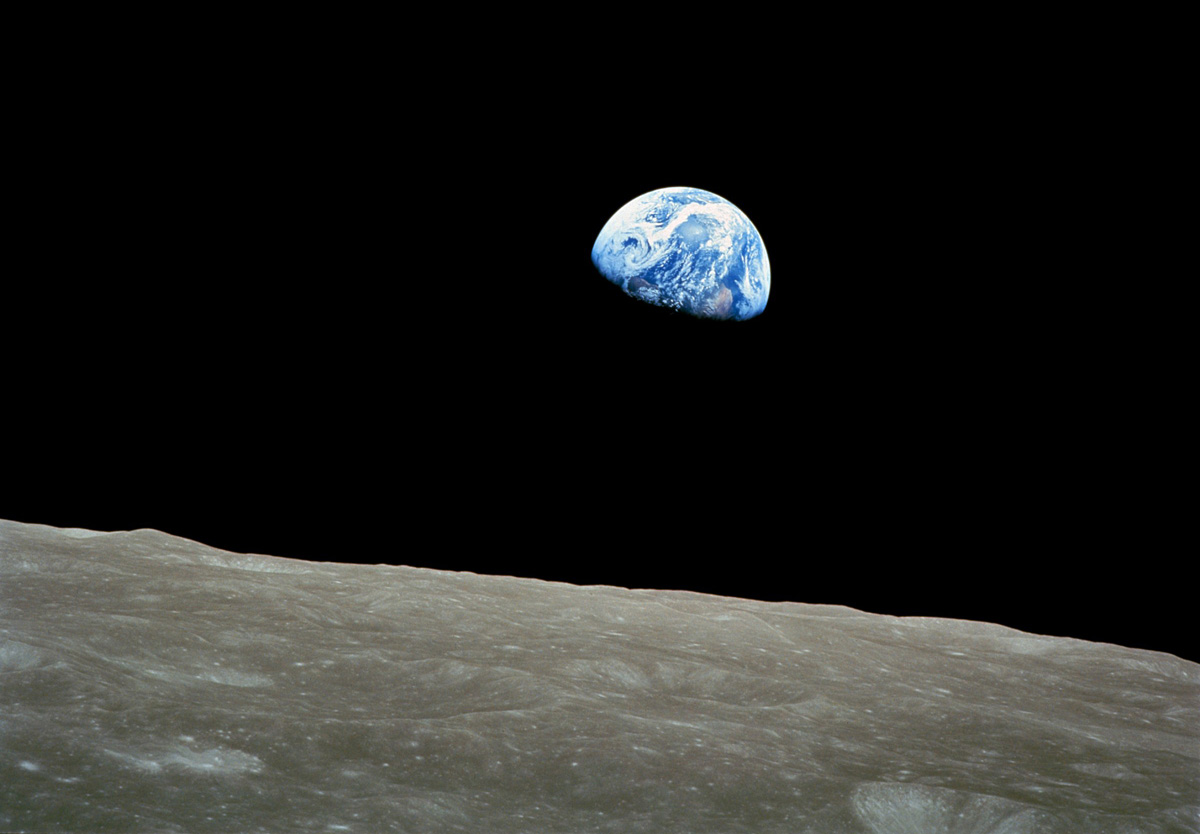
More from Week 52:
This Week in History Comet of the Week Free PDF Download Glossary
Ice and Stone 2020 Home Page


